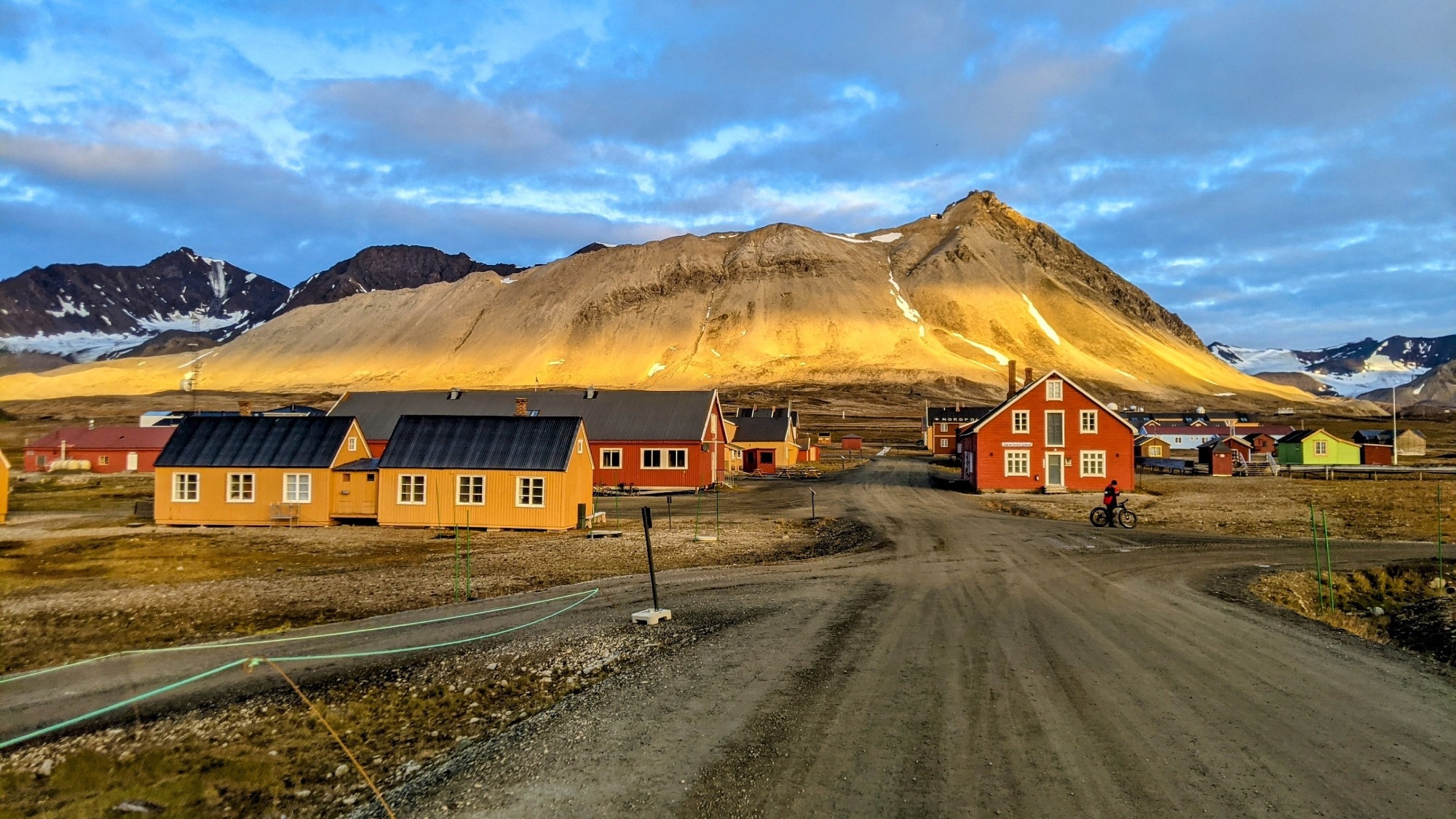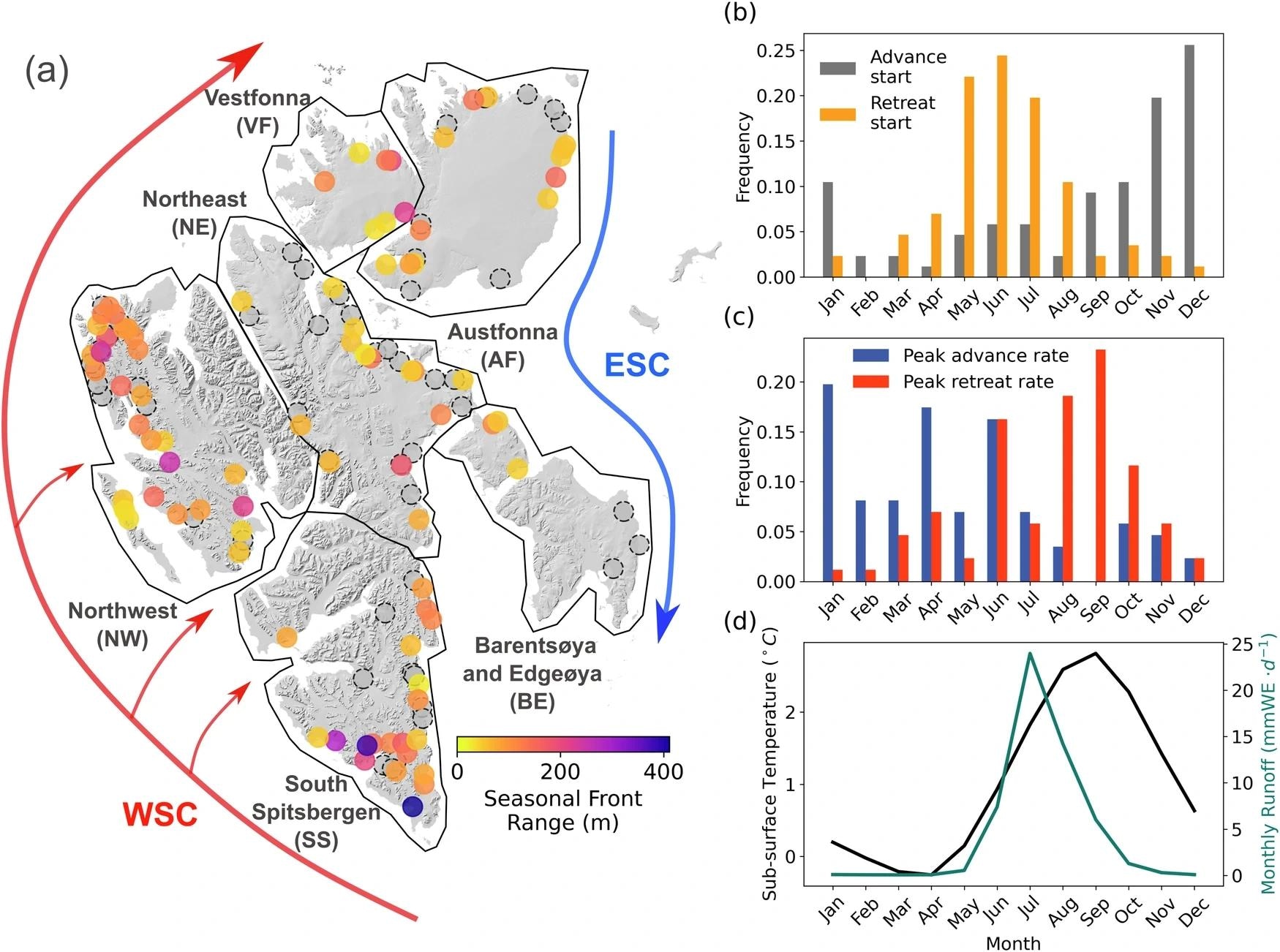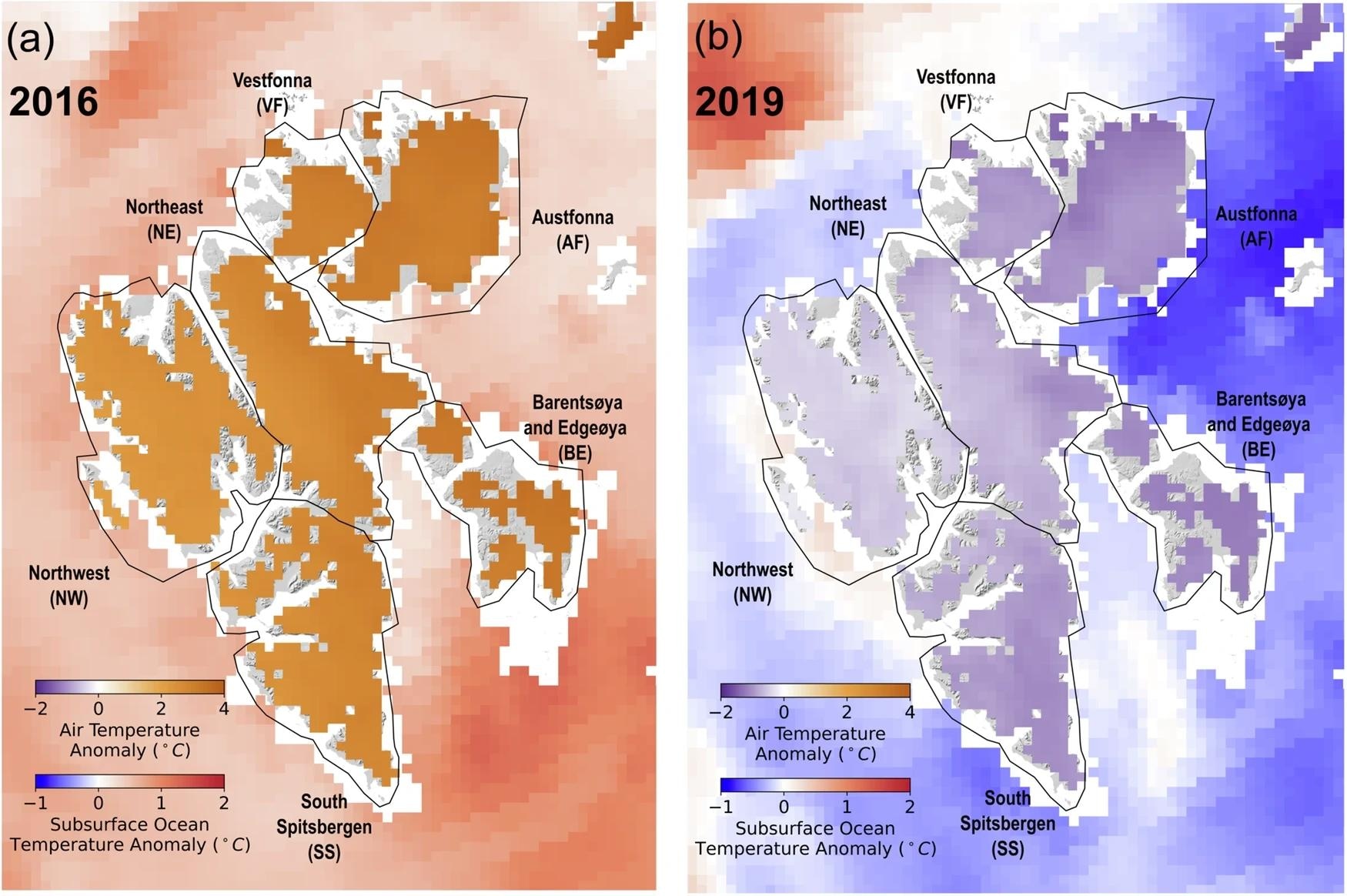Scientists leverage cutting-edge AI to uncover unprecedented glacier shrinkage in Svalbard, revealing a chilling warning of rapid Arctic warming and its global implications.
 Research: Pervasive glacier retreats across Svalbard from 1985 to 2023. Image Credit: Polar_guy_Ritesh / Shutterstock
Research: Pervasive glacier retreats across Svalbard from 1985 to 2023. Image Credit: Polar_guy_Ritesh / Shutterstock
A new study has revealed the alarming extent glaciers have shrunk over the past 40 years in a global warming hotspot for the first time – and the biggest retreat has occurred in recent years.
The research, led by the University of Bristol and published in Nature Communications, shows the vast majority (91%) of glaciers across Svalbard in the Arctic have been significantly shrinking. Findings revealed an area loss of more than 800 km2 at the glacier margins in this Norwegian group of islands since 1985.
The study also found that more than half of the glaciers (62%) undergo seasonal cycles of glacier calving, when large chunks of ice break away due to higher ocean and air temperatures.
Lead author Dr Tian Li, Senior Research Associate at the University's Glaciology Centre, said: "The scale of glacier retreats over the past few decades is astonishing, almost covering the entire Svalbard. This highlights the vulnerability of glaciers to climate change, especially in Svalbard, a region experiencing rapid warming up to seven times faster than the global average."
 a Coloured circles denote the seasonal calving front range along the glacier centreline for 86 non-surging marine-terminating glaciers with seasonal cycles (autocorrelation ≥ 0.08). Dashed circles denote the non-surging glaciers that do not display a seasonal cycle. The red and blue arrows show the routes of the warm West Spitsbergen Current (WSC) and the cold East Spitsbergen Current (ESC), respectively. Solid black polygons show the major sectors of Svalbard defined in this study, including Northeast Spitsbergen (NE), Northwest Spitsbergen (NW), South Spitsbergen (SS), Vestfonna (VF), Austfonna (AF), and Barentsøya and Edgeøya (BE). The background hillshade map is generated from the 50 m resolution Svalbard digital elevation model (DEM) (https://data.npolar.no/dataset/dce53a47-c726-4845-85c3-a65b46fe2fea, last access: 18 April 2023). b Monthly frequency of glacier advance onset (grey) and retreat onset (yellow). c Monthly frequency of the peak calving front advance rate (blue) and retreat rate (red). d Monthly mean surface runoff from the MAR model (solid green line) and monthly mean 20–100 m depth-averaged sub-surface ocean temperature from the ORAS5 ocean reanalysis data (solid black line).
a Coloured circles denote the seasonal calving front range along the glacier centreline for 86 non-surging marine-terminating glaciers with seasonal cycles (autocorrelation ≥ 0.08). Dashed circles denote the non-surging glaciers that do not display a seasonal cycle. The red and blue arrows show the routes of the warm West Spitsbergen Current (WSC) and the cold East Spitsbergen Current (ESC), respectively. Solid black polygons show the major sectors of Svalbard defined in this study, including Northeast Spitsbergen (NE), Northwest Spitsbergen (NW), South Spitsbergen (SS), Vestfonna (VF), Austfonna (AF), and Barentsøya and Edgeøya (BE). The background hillshade map is generated from the 50 m resolution Svalbard digital elevation model (DEM) (https://data.npolar.no/dataset/dce53a47-c726-4845-85c3-a65b46fe2fea, last access: 18 April 2023). b Monthly frequency of glacier advance onset (grey) and retreat onset (yellow). c Monthly frequency of the peak calving front advance rate (blue) and retreat rate (red). d Monthly mean surface runoff from the MAR model (solid green line) and monthly mean 20–100 m depth-averaged sub-surface ocean temperature from the ORAS5 ocean reanalysis data (solid black line).
The research team deployed Artificial Intelligence (AI) to identify glacier patterns across large areas quickly. Using a novel AI model, they analyzed millions of satellite images capturing the final positions of glaciers across Svalbard.
The findings provide unprecedented detail into the scale and nature of glacier loss in this region. The biggest spike in glacier retreats was detected in 2016, when the calving rates were double the average between 2010 and 2015, in response to extreme warming events.
"This was likely caused by a large-scale weather pattern called atmospheric blocking that can influence atmospheric pressures," Dr Li said.
"With the increasing frequency of atmospheric blocking and ongoing regional warming, future retreats of glaciers are expected to accelerate, resulting in greater glacier mass loss. This would change the ocean circulation and marine life environments in the Arctic."
 Annual mean air temperature and subsurface ocean temperature anomalies in (a) 2016 and (b) 2019 compared to the 2010–2015 mean. The background hillshade map is generated from the 50 m resolution Svalbard digital elevation model (DEM) (https://data.npolar.no/dataset/dce53a47-c726-4845-85c3-a65b46fe2fea, last access: 18 April 2023).
Annual mean air temperature and subsurface ocean temperature anomalies in (a) 2016 and (b) 2019 compared to the 2010–2015 mean. The background hillshade map is generated from the 50 m resolution Svalbard digital elevation model (DEM) (https://data.npolar.no/dataset/dce53a47-c726-4845-85c3-a65b46fe2fea, last access: 18 April 2023).
Svalbard is one of the fastest-warming places on Earth. The archipelago's ice fields are low in altitude, and its location in the high North Atlantic makes it especially sensitive to climate change.
Co-author Jonathan Bamber, a Professor of Glaciology at the University of Bristol, said, "Glacier calving is a poorly modelled and understood process that plays a crucial role in a glacier's health. Our study provides valuable insights into what controls calving and how it responds to climate forcing in an area at the frontline of global warming."
Source:
Journal reference:
- Li, T., Hofer, S., Moholdt, G., Igneczi, A., Heidler, K., Zhu, X. X., & Bamber, J. (2025). Pervasive glacier retreats across Svalbard from 1985 to 2023. Nature Communications, 16(1), 1-11. DOI: 10.1038/s41467-025-55948-1, https://www.nature.com/articles/s41467-025-55948-1